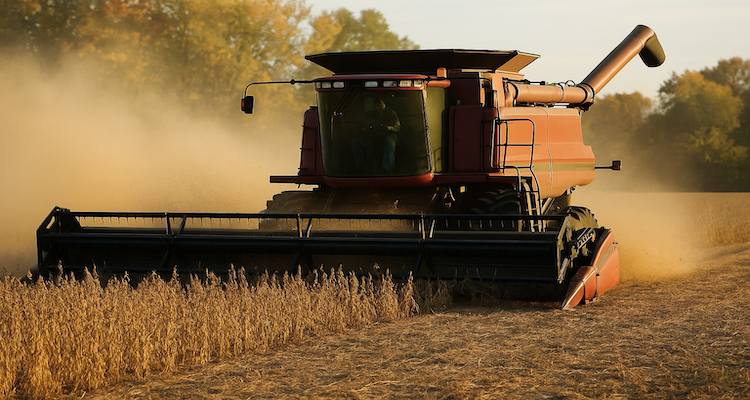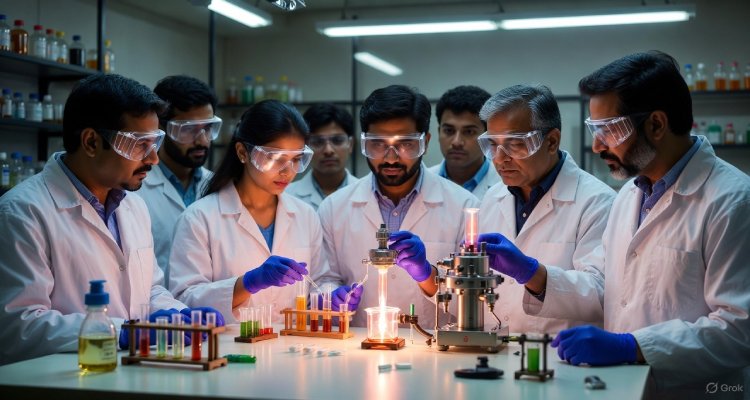PM-KISAN Scheme: India’s Lifeline for Farmers Gets 20th Instalment Boost
Prime Minister Modi to release the 20th instalment of the PM-KISAN scheme on August 2 in Varanasi. Here’s an in-depth explainer of India’s landmark direct benefit transfer program for farmers.
Introduction: A Direct Shot of Relief for Rural India
On August 2, Prime Minister Narendra Modi will disburse the 20th instalment of the Pradhan Mantri Kisan Samman Nidhi (PM-KISAN) scheme in Varanasi, transferring ₹20,500 crore directly into the bank accounts of 9.7 crore farmers. As India’s agricultural sector continues to navigate climate unpredictability and rising input costs, this flagship income support program stands as a crucial pillar of economic stability for rural households.
Context & Background: How PM-KISAN Took Root
Launched on February 24, 2019, but made effective retrospectively from December 1, 2018, the PM-KISAN scheme was originally targeted at small and marginal farmers (SMFs) owning less than two hectares of land. In a major policy shift in June 2019, the eligibility was expanded to all landholding farmers, irrespective of the land size.
Under this centrally sponsored scheme, farmers receive ₹6,000 annually in three equal instalments of ₹2,000, directly transferred into their bank accounts via Direct Benefit Transfer (DBT)—a system that minimizes leakage and ensures transparency.
Managed by the Farmers’ Welfare Division, the scheme is supported digitally through www.pmkisan.gov.in, with states and union territories tasked with uploading beneficiary data to the central database.
Main Developments: The 20th Instalment and What It Signifies
The release of the 20th instalment marks a significant milestone. Since inception, ₹3.69 lakh crore has been transferred to farmers through 19 previous tranches. The latest release of ₹20,500 crore is not just a routine disbursement—it comes on the heels of an intensive saturation drive conducted in late 2023 under the Viksit Bharat Sankalp Yatra, which added over 1 crore new farmers to the beneficiary list. As a result, the 18th instalment had seen a sharp jump in recipients to 9.59 crore.
This payment cycle is poised to break that record, potentially surpassing 10 crore beneficiaries in the near future—cementing PM-KISAN as one of the world’s largest DBT initiatives in agriculture.
Expert Insight & Public Reaction: A Policy That Works, But Not Without Gaps
According to agricultural economist Dr. Ramesh Chand, PM-KISAN has “effectively bridged short-term liquidity gaps for farmers, especially during sowing and harvest seasons.” He notes that such assured income support increases the risk-taking ability of farmers, encouraging investments in better seeds, fertilizers, and irrigation.
A study by the International Food Policy Research Institute (IFPRI) further confirmed that the PM-KISAN funds are not only spent on agricultural inputs but also on crucial household needs like education, healthcare, and social obligations, thus doubling up as a comprehensive rural welfare tool.
However, critics point out certain flaws. Farmer unions like Bharatiya Kisan Union (BKU) argue that tenant farmers and landless laborers are still excluded. “The scheme ignores those who till the land but don’t own it,” said BKU spokesperson Rakesh Tikait. There’s also concern over delays in payments and errors in data leading to ineligible exclusions.
Impact & Implications: Why PM-KISAN Matters More Than Ever
1. Rural Economic Boost
PM-KISAN has become a fiscal lifeline for rural India. Timely payments have helped mitigate the need for high-interest loans from informal lenders, especially during post-COVID recovery and monsoon failures. By easing credit constraints, the scheme promotes local spending, thus aiding in rural economic growth.
2. Digital Governance and Transparency
The shift to a fully digital, Aadhaar-verified, DBT ecosystem has enhanced transparency and accountability. The use of geo-tagging of land, e-KYC, and real-time grievance redressal makes PM-KISAN a model for future welfare schemes.
3. Policy Blueprint for Global South
As nations across Africa and Southeast Asia explore income support models, PM-KISAN has become a template for scalable, targeted welfare delivery, combining federal financing with localized implementation.
4. Future Challenges & Potential Improvements
With the agricultural census due for an update, beneficiary estimates based on 2015-16 data may soon become outdated. Policymakers have also hinted at integrating PM-KISAN with other schemes like PM Fasal Bima Yojana and Kisan Credit Card to form a converged farmer support ecosystem.
Additionally, calls for inclusion of landless farmers, rationalization of exclusion criteria, and monthly disbursement options may shape future iterations of the scheme.
Conclusion: Towards a More Resilient Agrarian Future
As India gears up for the 20th instalment of PM-KISAN, the scheme stands out as more than just a cash transfer program. It symbolizes a paradigm shift in farmer-centric governance, where digitization, direct support, and universal access converge to strengthen agricultural livelihoods.
While it doesn’t replace the need for structural reforms in pricing, procurement, and irrigation, PM-KISAN ensures that no farmer is left behind when it comes to essential financial support. As global food systems reel under climate and conflict-driven shocks, India’s model of targeted and transparent farm support may well become an international best practice.
Disclaimer: This article is intended for informational purposes only. It does not constitute financial or policy advice. Readers are advised to consult official sources for the latest updates on government welfare schemes.











